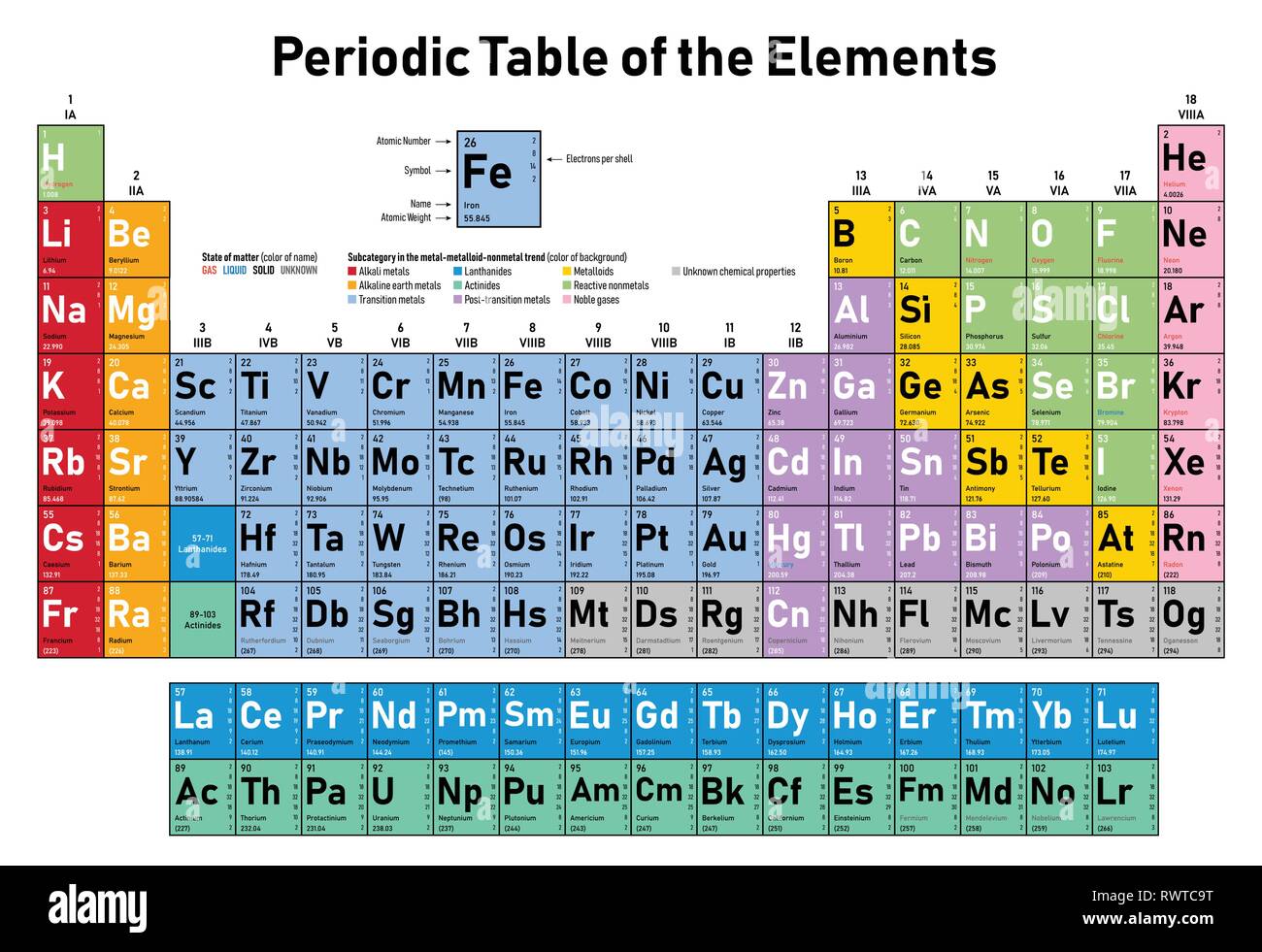
Carbon generally does not require significant effort to isolate. This is when carbon dioxide dissolves in the ocean and reacts to form carboxylic acids, lowering the pH of the ocean. Another important reaction with carbon is ocean acidification. One of the most common is combustion reactions, where a hydrocarbon reacts with oxygen to form carbon dioxide and water. Numerous reactions in all branches of chemistry us carbon. What other carbon facts do you know? Common Reactions and Compounds There are also many other less common forms of carbon such as fullerenes and carbon nanotubes. These sheets breaking off then is what enables you to leave marks on your paper with a pencil. Graphite consists of many large sheets of carbon sitting on top of each other. Pencils are an excellent example of another allotrope of carbon, graphite. The strong tetrahedral lattice of carbon-carbon bonds gives diamond its remarkable strength and characteristic shine. Diamond is another well-known allotrope of carbon, with many uses, both industrial and cultural. Coal is the most common example of amorphous carbon. One of the most common of these is amorphous carbon which does not have a defined crystal structure. There are many different forms or allotropes of carbon. The element carbon continues to be actively investigated and plays a vital role in all fields of chemistry. Fullerene even won a Nobel Prize in Chemistry in 1996 the prize went to Robert Curl, Sir Harold Kroto, and Richard Smalley. Many other forms of carbon have been discovered such as diamonds, graphite, graphene, and fullerene. The use of carbon continued until 1789 when Antoine Lavoisier listed carbon as an element for the first time. As early as 3750 BC, ancient Egyptians and Sumerians used charcoal, a form of carbon, to reduce various metals in the manufacturing process.

Unlike most elements, humans have been aware of carbon since ancient times. It occurs naturally as 3 isotopes – carbon 12, 13 and 14. It is tetravalent, having four electrons available to form covalent bonds. It is sometimes called the “king” of the periodic table.Ĭarbon is a non-metal, found in nature as graphite, diamond or fullerenes. Carbon has some similarities to the metalloid silicon, but silicon cannot be the basis for life like carbon can. The elements silicon, germanium, tin and lead are also in group 14. It is believed the word carbon comes from the Latin word ‘carbo’ which means coal.Ĭarbon, with atomic number 6 and symbol C, resides in group 14 of the periodic table, to the right of boron and the left of nitrogen.The term graphite has Greek origin and is based on their term for ‘to write’.There is a wax layer on top of the carbon that disappears with pressure, transferring the carbon to the other page. Carbon copy paper is actually made with carbon.These allotropes include diamond, graphite, and graphene. Carbon is one of the few elements that can form stable covalent bonds with itself, and as a result, it can exist in many different forms, known as allotropes.Diamond is the hardest known natural substance on Earth, while graphite is one of the softest.Carbon is a key component of steel, which is one of the most widely used materials in the world.The human body is about 18% carbon by mass.Diamond is formed under great pressure deep in the earth’s crust, and are usually mined from ancient volcanic “pipes.”.The name is derived from the Latin “carbo” meaning charcoal.All other elements’ atomic weights are measured relative to carbon-12.

Carbon is the 4th most abundant element in the universe but only the 15th most abundant element in the earth’s crust.Over 10 million compounds that we know of so far can be formed by carbon, more than any other element.All life as we know it is based on carbon.Carbon nanotubes are one of the strongest materials in the world and have been proposed as a possible building material for some wild inventions such as a space elevator.Measuring amounts of the radioactive isotope Carbon-14 can help us to determine the age of things such as archaeological artifacts and ancient documents.

Find out more facts about this amazing element below. Diamond, graphite and charcoal are all forms of carbon. It is also one of the most important elements on the periodic table and forms the basis for all life as we know it! All of organic chemistry is based on carbon. Found in many forms, the element carbon is one of the most common elements in the universe.


 0 kommentar(er)
0 kommentar(er)
